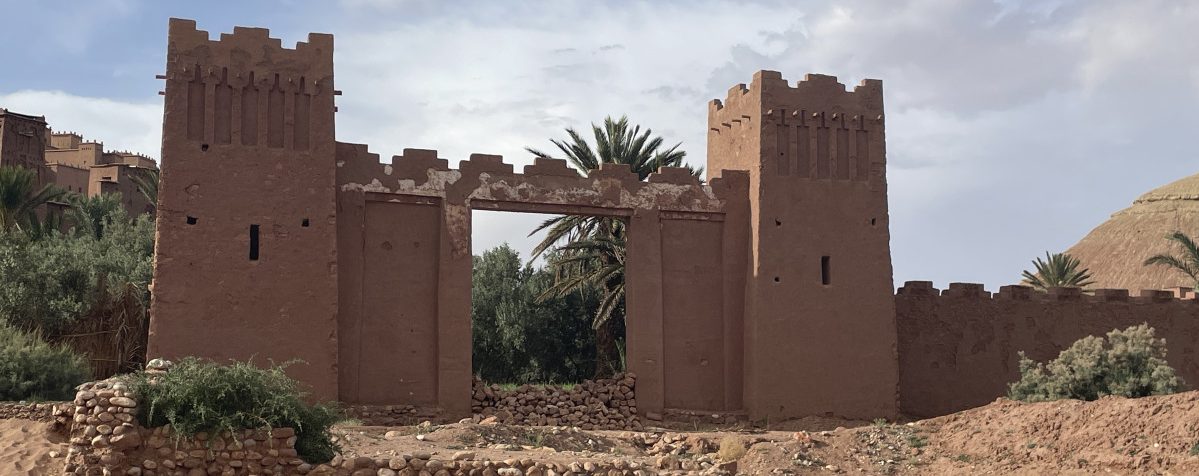We’ve arrived in amazing Sri Lanka to discover that it’s Sinhalese and Tamil New Year. Our hotel for the next few days, the Camelot Beach, has a sign up to announce that due to this the bar is not open for the next 2 days. What! a great pool with cool views but no drinks to chill with… but hey, it’s no big deal, we have plenty of other things to occupy our day.

Flights here were uneventful, although do have to say the say your iPad entertainment system on an international flight Mr Qantas was outdone by SriLankaAir’s inflight system. Due to the New Year celebrations the flight from Singapore to Colombo was packed with people returning for the holiday. Apparently it’s not like our New Year where people try to outdo each other in the “how much can I drink stakes”, this is more of a family orientated few days where families gather to enjoy each other’s company. Somehow sounds much more civilised.
As we sit by the pool this is in evidence as local families take advantage of special rates to enjoy a New Year break, the pool is filling with children. The view out to the ocean though is just magical.

Now a brief history lesson on this magical place, never let the teacher stay hidden for too long;
Sri Lanka has been continuously inhabited for more than 2 million years, with the original inhabitants descended from Stone Age hunter gatherers. Immigration arrived from northern India around the 5th century BCE, forming the basis of the modern Sinhalese population. Tamils from the south of India arrived approximately two centuries later, settling in Jaffna. In contrast to the largely Buddhist Sinhalese, most Tamils are Hindu or Christian and form a minority in the Sri Lankan population.
The legendary north Indian Prince Vijaya and his 700 followers landed near Puttallam and formed the first Sinhalese kingdom around Anuradhapura. In the 3rd century BCE, Buddhism arrived from India at Mihintale, where the conversion of Sinhalese King Tissa occurred. Early Buddhist emissaries brought a cutting from the Bodhi tree under which Lord Buddha attained enlightenment; it survives in Anuradhapura and is an important pilgrimage site. Tensions with Tamil Kingdoms in India were never far away and a Pandyan invasion in 432 led to the establishment of the rock fortress at Sigiriya as the capital. Legends surrounding the fortress also tell a story of King Kassapa building the residence on top of the rock after murdering his own father. Following Kassapa’s short rule, the capital returned to Anuradhapura before moving to Polonnaruwa in 1070 where it remained for 150 years.
Kandy came into prominence after the Portuguese arrived in 1505 and was soon the only independent kingdom in Sri Lanka, falling to the British in 1815 after defying the Portuguese and the Dutch for 300 years. By 1518 the Portuguese had established good relations with the King and were allowed to build a fort at Colombo, with favourable trading concessions in return for the king’s protection. Meanwhile, the Dutch established a trading fort in Galle, destroying the earlier Portuguese outpost. It wasn’t long until the Dutch East India Company controlled most of Ceylon. But France’s control over the Netherlands and defeat in the Napoleonic wars saw British control of Sri Lanka confirmed at the Treaty of Amiens.
Unrest under colonial rule saw the Ceylon National Congress formed in 1919, uniting Sinhalese and Tamils. A constitution was written and some concessions provided but it wasn’t until the 1947 constitution came into effect that Ceylon gained independence in 1948. The 1972 constitution proclaimed the Republic of Sri Lanka but tensions between Sinhalese and Tamils grew into a civil war that lasted from 1983 to 2009, with the defeat of the Tamils. The northern part of Sri Lanka can still be a little unsettled to times with some people clinging to old ways and past issues.
On Boxing Day 2004 a disastrous tsunami struck the southwest coast, killing 30,000 people and displacing 1.5 million more. Today Sri Lanka is a democratic republic governed by a president and prime minister.
Tourism seems to be a major industry here, from the multinational companies and their gleaming resorts to the beach hawkers plying their trade from just outside the resort boundaries. Sitting down by the beach today we’ve seen numerous pass by, each trying to sell a range of ‘local handicrafts’, from experience elsewhere we know these are items bought from a local trader and then sold on to earn an income.
Our first day here has been a mixed experience, cultural holidays meaning things are restricted but tourist influenced meaning business will find a way. We are excited to see what this beautiful country reveals in the next two weeks…
